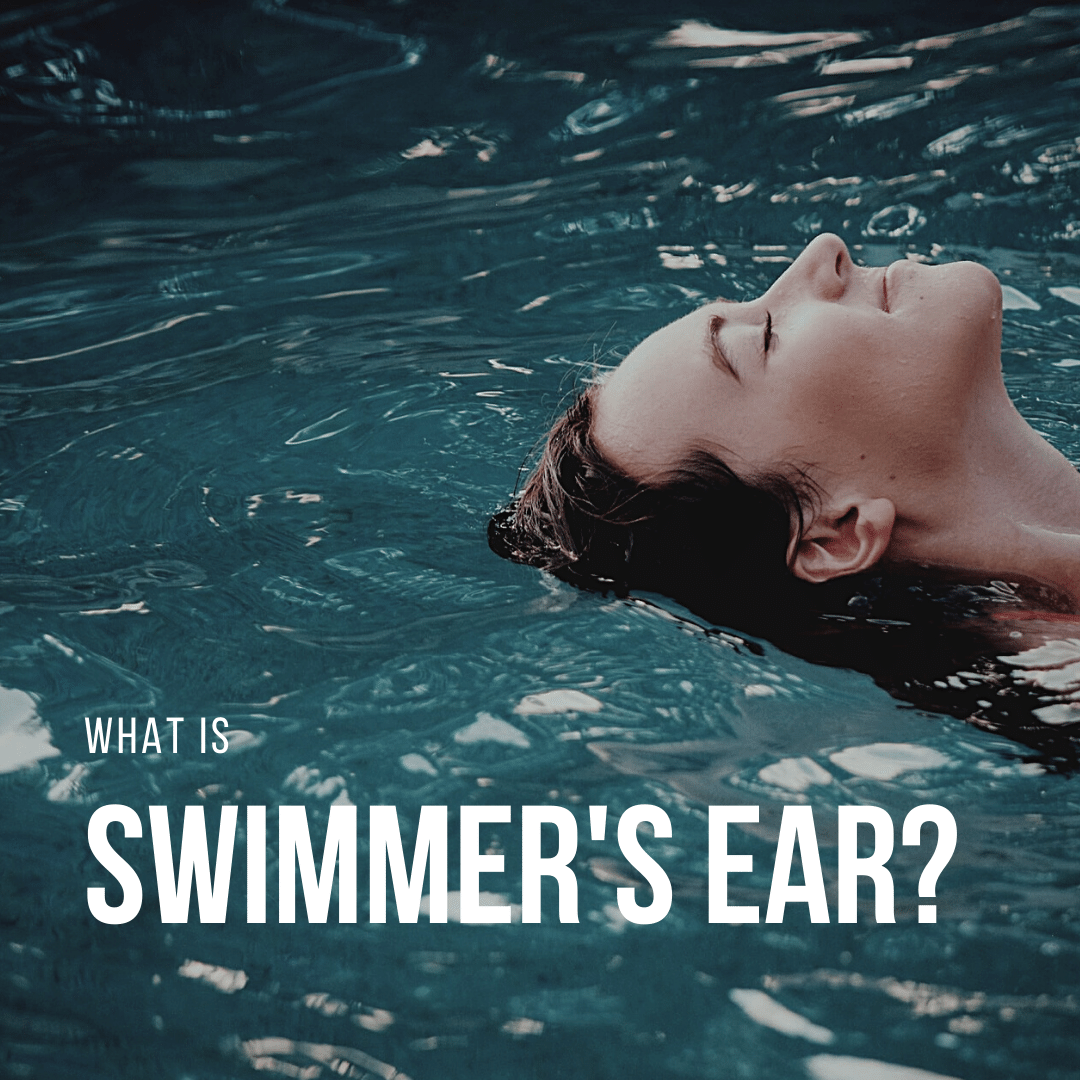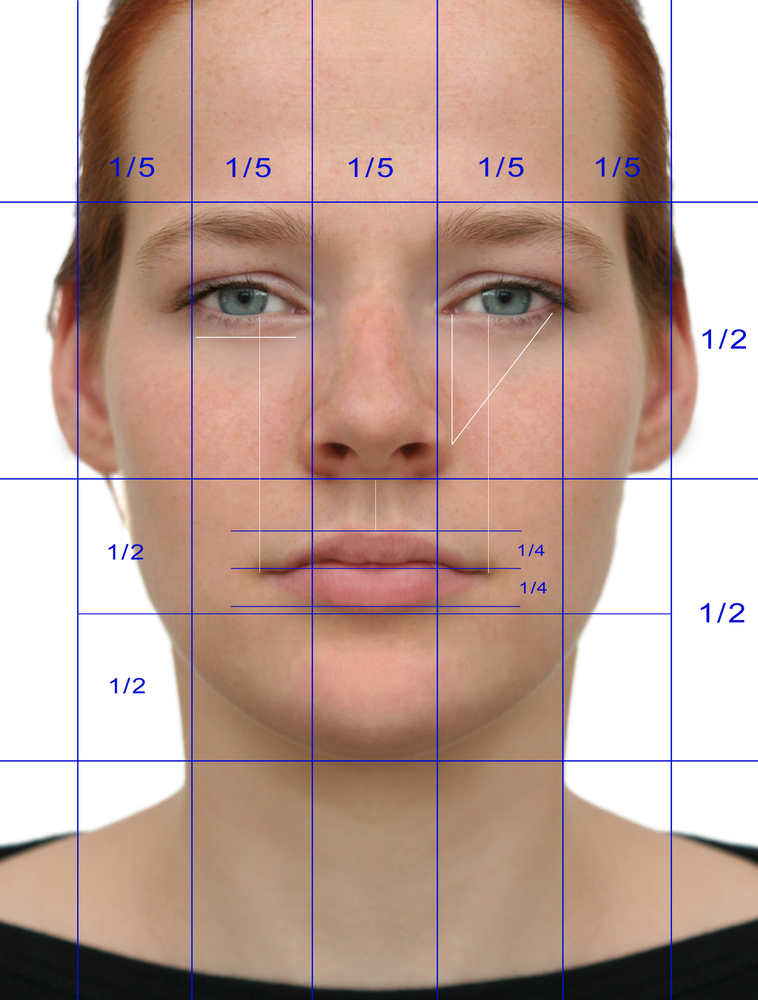Swimmer’s ear is a condition that can occur when water gets trapped in the ear canal. This can happen after swimming, showering, or any other activity that causes water to get in your ears. Swimmer’s ear is a common problem, and it can be treated easily with the help of an ENT specialist. In this blog post, we will explain everything you need to know about swimmer’s ear!
What is Swimmer’s Ear?
Swimmer’s ear (otitis externa) is caused by a bacterial or fungal infection in the outer ear canal. The outer ear canal is the part of the ear that extends from the outside of the head to the eardrum.
The condition is called swimmer’s ear because it often occurs in people who swim a lot. Swimmer’s ear can also occur in people who shower a lot, or any other person who gets water in their ears. Swimmer’s ear can occur when water becomes trapped within the outer ear canal. This also traps germs and can lead to infection and irritation of the outer ear canal.

The symptoms of swimmer’s ear include:
- pain (especially when touching the ear lobe)
- itching
- redness in the ear
- drainage from the ear (pus or something with a strong smell)
- muffled hearing or hearing loss
- swollen glands in the neck
- fever
- plugged-up feeling in the ear
If you think you might have swimmer’s ear, it is important to see an ENT specialist. ENT specialists can prescribe medication to treat swimmer’s ear. They can also provide tips on how to prevent swimmer’s ear in the future.
ENTs can diagnose swimmer’s ear by looking at the symptoms and asking about your recent activities. They may also do a hearing test or look at the drainage from the ear to check for infection. In some cases, they may perform an ear drainage culture. This is a test in which a small sample of pus is taken from the ear and sent to a laboratory for analysis. This helps to determine if the cause of the infection is bacterial or fungal, and it can affect they type of medication needed for treatment.
ENTs can also prescribe medication to treat swimmer’s ear. The most common type of medication is an antibiotic ear drop. These are used to kill the bacteria that are causing the infection. Antibiotic ear drops may need to be used for seven days or more. In some cases, a prescription oral antibiotic may be needed.
How to Alleviate Swimmer’s Ear Pain
If you have swimmer’s ear, there are a few things you can do at home to help relieve the symptoms:
- Keep your ears dry: This means that you should not swim until the infection has cleared up. You should also avoid showering or getting water in your ears. To help keep your ears dry, you can use a swimming cap or earplugs.
- You can try placing a warm, wet cloth on your ear or using over-the-counter pain medication to alleviate excess discomfort.
- Be sure to follow your ENTs directions regarding medications and ear drops.
In Conclusion
In this blog post, we explained everything you need to know about swimmer’s ear. Swimmer’s ear is a common condition that can be treated easily by an ENT specialist. If you think you might have swimmer’s ear, or if home treatment is not working, it is important to see an ENT specialist. ENT specialists can prescribe medication to treat swimmer’s ear. They can also provide tips on how to prevent swimmer’s ear in the future.
If you have any questions about swimmer’s ear, or if you would like to schedule an appointment with an ENT specialist, please contact us today! We would be happy to help you get the treatment you need.








